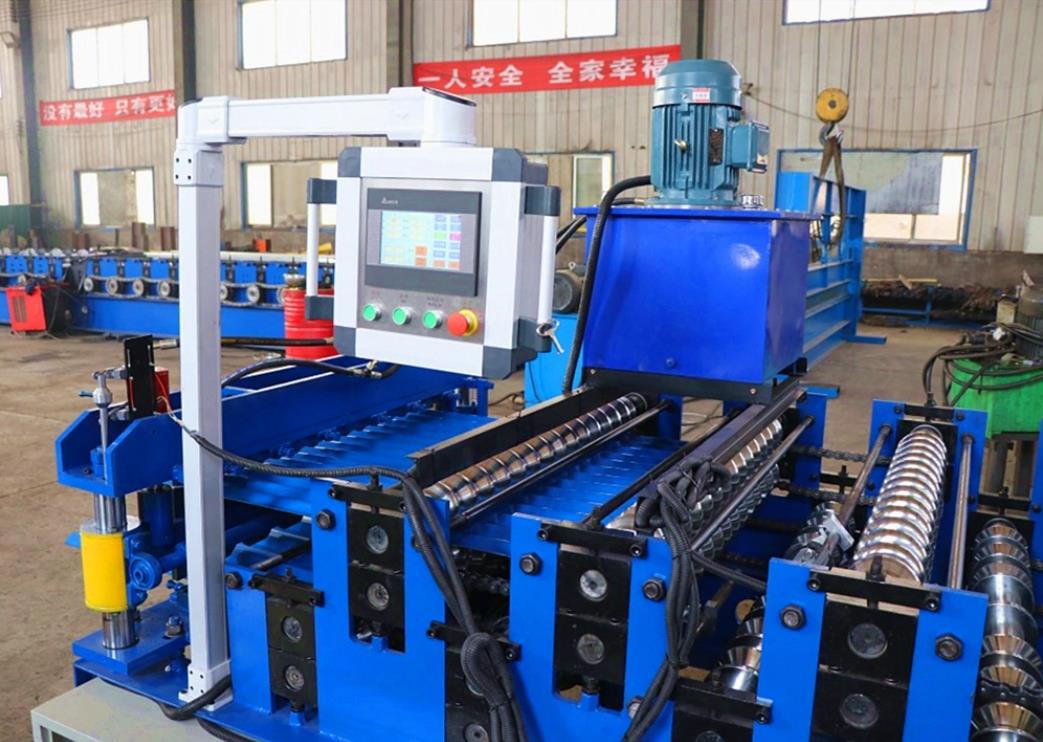Affordable Price for Rolling Shutter Manufacturing Machines from Trusted Factory Suppliers
Understanding the Price Dynamics of Rolling Shutter Making Machines
In the era of rapid industrialization and urbanization, the demand for security and convenience in modern architecture has led to a significant rise in the production of rolling shutters. These mechanized solutions not only enhance the aesthetic appeal of buildings but also offer added security for both commercial and residential properties. Consequently, the demand for rolling shutter making machines has surged, prompting potential buyers to inquire about their prices, factory options, and the elements that influence these costs.
What are Rolling Shutter Making Machines?
Rolling shutter making machines are specialized industrial equipment designed to manufacture rolling shutters of various types, including aluminum, steel, and PVC options. These machines streamline the production process, enabling manufacturers to create high-quality shutters efficiently. The machinery typically consists of components such as a decoiler, roll forming units, cutting systems, and automated controls, allowing for the mass production of shutters with precision.
Factors Influencing the Price of Rolling Shutter Making Machines
1. Type and Specifications The price of rolling shutter making machines can vary significantly based on their type and specifications. Machines designed for high-volume production might come with advanced features and automated functions, leading to higher prices compared to basic models.
2. Material Compatibility Some machines are engineered to work with specific materials, such as aluminum or steel, while others offer versatility to handle various options. The complexity of the machinery required for different materials can affect the overall cost.
3. Automation and Technology The level of automation plays a crucial role in determining the price. Machines that come with advanced technology, such as computerized controls and automated cutting systems, typically come at a premium. However, they offer greater efficiency and precision in production.
4. Factory Location and Manufacturer The factory location of the manufacturing company also influences pricing. For instance, machines produced in countries with lower labor costs may be more affordable compared to those made in regions with higher operational expenses. Additionally, well-established manufacturers with a reputation for quality may charge more for their machines.
rolling shutter making machine price factory

5. Custom Features If a buyer seeks custom-built machines to meet specific production needs, the cost can increase significantly. Tailored solutions often require additional engineering and design efforts, adding to the overall price tag.
6. Warranty and After-Sales Service The inclusion of comprehensive warranty programs and after-sales services can affect pricing. Buyers often find higher value in machines from manufacturers that offer robust support, even if it comes at a slightly higher cost.
Average Pricing Insights
Generally, the price range for rolling shutter making machines can vary widely. Entry-level machines might start from a few thousand dollars, while high-end, fully automated models could range from $30,000 to $100,000 or more. It’s essential for buyers to balance their budget against the required features and production capabilities.
Finding the Right Supplier
For prospective buyers, choosing the right factory and manufacturer is critical. Researching various suppliers, requesting quotes, and comparing features and prices can lead to informed purchasing decisions. Checking reviews, testimonials, and case studies can provide valuable insights into the reliability and performance of different machines.
Additionally, attending industrial trade shows and exhibitions can be beneficial. These events often showcase the latest technology in shutter making machines, allowing potential buyers to interact with manufacturers and assess products firsthand.
Conclusion
The rolling shutter manufacturing industry is undoubtedly on the rise, with innovative machines playing a crucial role in meeting market demands. Understanding the price dynamics of these machines—considering factors such as specifications, material compatibility, automation, and manufacturer reputation—is essential for anyone looking to invest in rolling shutter making equipment. By carefully analyzing options and engaging with reputable suppliers, businesses can successfully navigate the market and find the right machinery to enhance their production capabilities.
-
Roof Panel Machines: Buying Guide, Types, and PricingNewsJul.04, 2025
-
Purlin Machines: Types, Features, and Pricing GuideNewsJul.04, 2025
-
Metal Embossing Machines: Types, Applications, and Buying GuideNewsJul.04, 2025
-
Gutter Machines: Features, Types, and Cost BreakdownNewsJul.04, 2025
-
Cut to Length Line: Overview, Equipment, and Buying GuideNewsJul.04, 2025
-
Auto Stacker: Features, Applications, and Cost BreakdownNewsJul.04, 2025
-
Top Drywall Profile Machine Models for SaleNewsJun.05, 2025








